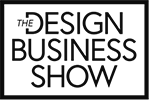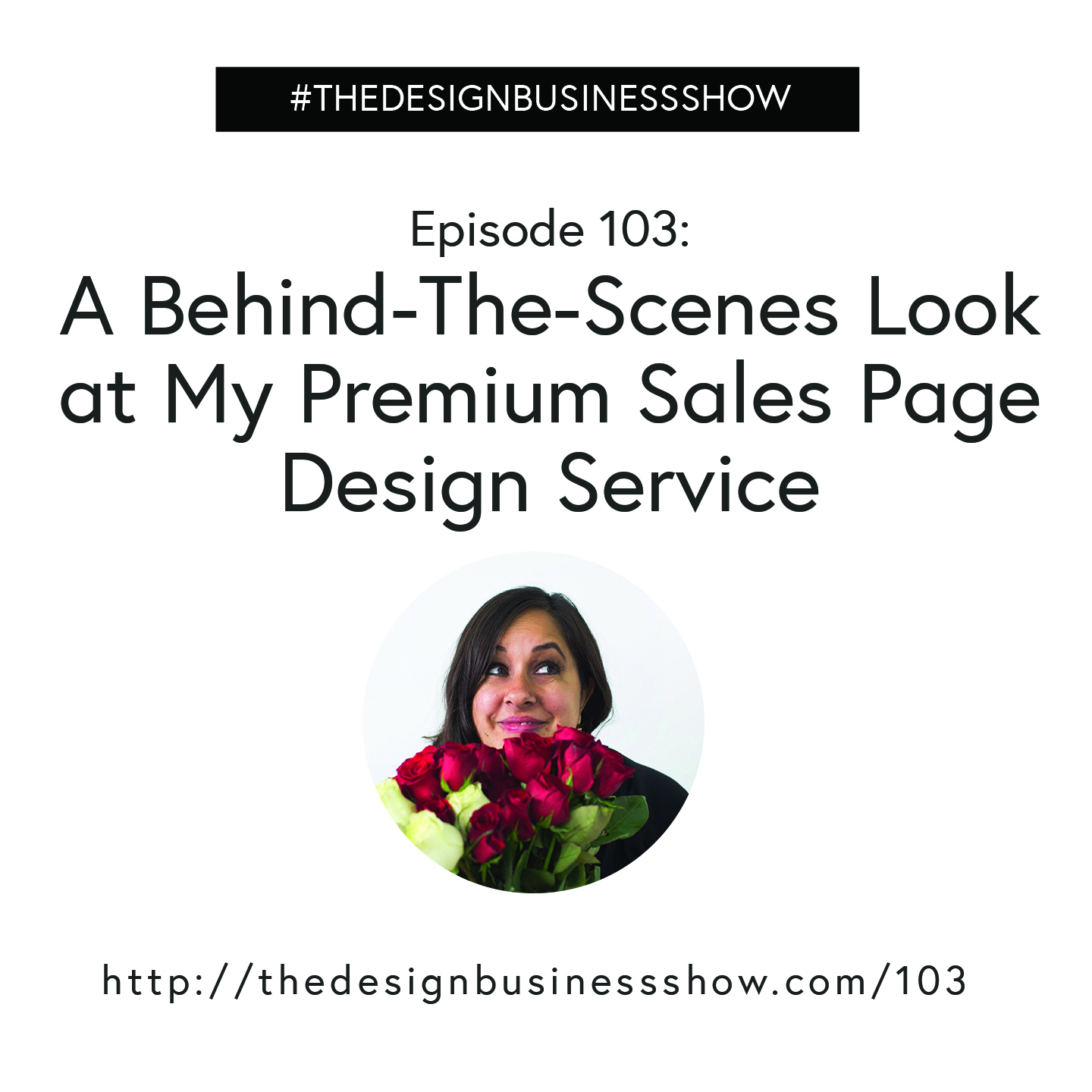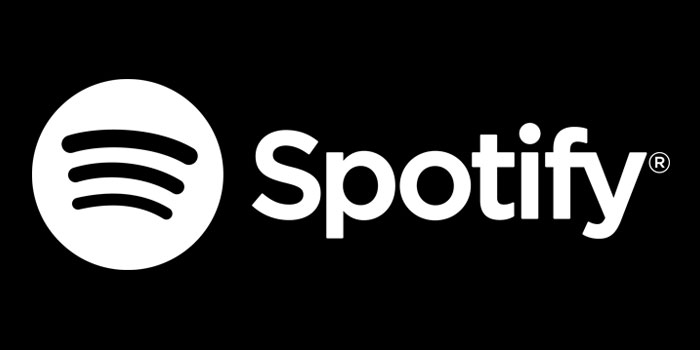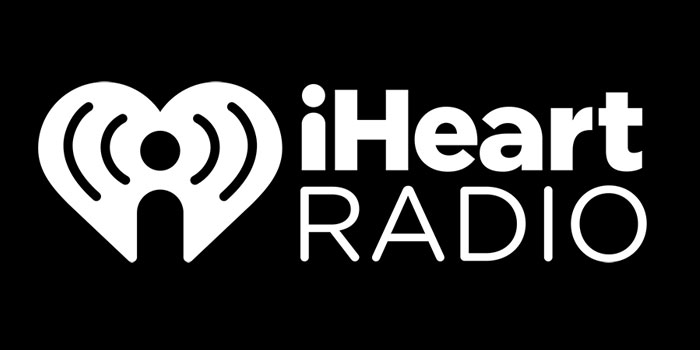Before I get to today’s episode, I wanted to let you know that I’m creating a beta sales page design course starting August 17, and you can get access for free for a limited time in exchange for a testimonial.
All you have to do is go to http://melissaburkheimer.com/betacourse, fill out the application and get ready to build your sales page!
I wanted to talk to you today about my process and strategies for I use when I work with my 1:1 clients on sales page designs.
When I get on new connection calls and potential client calls, the most commonly asked question I get is “how do you get sales page clients” and “what platform should I use” and “can you just show me how to design sales pages please!!!” So, I’m going to breakdown all of that and more.
How I got my first sales page client
In episode 001, The Opener, I tell the story about how I got my first sales page project. The short version of that story is that a FB friend I connected with in the online space posted saying that he needed a graphic designer.
I raised my hand, we connected, and I ended up getting 1 of 2 available design gigs. Back then I was working with local clients on an as-needed basis, and this was my first time even knowing that a sales page was a thing.
After two months of working with him on multiple design projects, his friend hired me to do a couple of sales pages, and then his friend referred me to a lot of people in his rolodex because of 2 reasons:
- I did what I said I was going to do when I said I was going to do it.
- The designs I was creating for them got them results.
Six months later, I had my first $5K month, and by then I stopped working with my local clients. This was May 2014. So since then, I’ve worked on dozens of launches as a launch manager, sales page designer, and strategic partner that have generated multiple 7 figures in revenue.
I decided to Specialize in Sales Page Design in 2014
Fast forward to today, it’s August 2020, sales pages are still the most profitable offer I have, and the easiest to sell, and always make a big impact for my clients.
Every time I work with a client, I find a hole in my process and I patch it. The one thing that’s true for every single client I worked with is that they always have a top notch experience, and that’s a huge priority for me.
I say that to tell you that I’ve learned a lesson on every single project, and that I use each lesson to make myself and my business better. Sometimes going through it or having those conversations isn’t easy.
One time a client had hired a sales page copywriter before I got involved, (this was 2016), and back then I didn’t really review the copy before I started designing. I more saw myself as a designer, not a copywriter.
The night before we were supposed to go to development, on a really tight timeline, I realized that this sales page was not going to get the client the results they wanted because the offer was not being presented clearly.
I had to have a difficult conversation with the client, because I knew them and their business since 2013, but I knew anyone looking at this sales page might be confused.
She understood and was able to update the copy and we got the page done, but like I said, I encourage you to look at instances like this where it could seem difficult, but it was needed if I wanted them to have the best results possible using my designs.
So here’s how it looks today, and I’ll break this up in four phases for you, so you can steal the four phase system for your client projects.
Phase 1: Interest / Inquiry
If someone is interested, maybe they reach out via Instagram or FB messenger or email, and then I always say thank you, and send them to my sales page for my sales page design service.
I built that page in 2016 – Lacy Boggs helped me write the copy, and other than a few adjustments, it’s worked really well for me.
At the bottom of the page, there’s one inquiry button. That’s on purpose. I don’t take on a ton of clients anymore, so I want the ones I work with to be serious and actually at least scroll to the bottom of the page.
I could do an entire episode about the sales page itself, (if you’re interested in that, send me a DM on Instagram and I’ll make it happen) but it does it’s job of explaining my process, how I work, and showing samples of my work, and more.
Once they click the inquiry button, it takes them to a page with questions about their project. I talk about those questions in episode 16, so you can listen to that episode to get the skinny on why I use them.
The questions on the page now have shifted since I recorded that episode, but I can tell pretty quickly if that person’s answers if they’re going to be a good fit. After I get the message, I invite them to schedule a call with me using a call scheduling tool called Calendly.
That way it saves a bunch of back and forth communication about time scheduling, and I’ve actually arranged my calendar so I only do calls on Tuesday’s and Thursday’s, saving Monday’s and Friday’s for VIP Digital Sales Strategy days with clients and Wednesdays for working on my business.
On the actual call, I introduce myself, ask them about their launch strategy, make suggestions (I learned this in episode 27 with Natalie McGuire – it helps position me as an expert) go through my slide deck + my process, and then talk dates, cost, and answer any questions.
From there, I send a custom proposal for them to review. Once they say yes, then I send a contract for electronic signature + Invoice for the first payment (I do 50% down and 50% before I deliver the final design file).
This is a manual process, but I use a template for the contract, invoice and proposal so it’s easy to update. I plan to update this process and automate most of it in Q4. My intention in Q4 is to systematize the heck out of my business.
Phase 2: Onboarding + Draft Design Process
I walked you through some of my onboarding process – but before I get started on a project, I ask for all of the design assets I need. Think about the course brand guide + logo, colors, photos, fonts, any previous design files they want me to work off of.
I also review the copy before we get started – and sometimes even connect with the copywriter before the project gets started to say hi and talk about the process.
Then, we get started with the first few sections of the sales page. I usually have team design 2-3 first drafts and then we work on those for a few days until they’re ready for the client to review.
Sometimes the client will review on a live call with me, or send me feedback via Trello or the PM app we’re using. It’s 100% mandatory that we use a project management app dedicated to the sales page for feedback.
I will 100% not accept feedback via email, text, FB message or any other way. Communication for all projects can easily get lost, and when you have 5000-10000 words on a page with multiple design revisions and development, it can be easy for mistakes to happen, and I’m not in the business of making mistakes. My design company offers a premium service.
I personally pay for the editor, because I used to do this myself and it hurts my brain. This allows me to focus on my zone of genius, which is the design, the UX, the flow and the overall page itself, and the proofreading is something I can outsource to an expert.
Phase 3: Design Production
It may take a few try’s + rounds to get the first few sections of the sales page right – the way both the client and I like it, and from there, we move really fast on designing the page.
My team uses Photoshop to design sales pages – and sometimes the document is so big we have to break it up into two files so my clients can preview them. All of our sections are grouped in their own folder in the layers section, which makes it really easy to develop and edit.
During the design production phase, my editor is double checking the copy to see which copy makes it to the page, and I’m also checking and directing my team to make design edits while the client provides feedback.
The entire design process can take up to two weeks – give or take depending on the timeline originally planned and when the launch is.
I know some people who will design + develop an entire sales page in a day – which is awesome, but it’s not something that would work well for my process. I’ve started taking on VIP Day Clients (after being nudged so many times by my friend Jordan) but we focus on really making sure their digital sales strategy is awesome.
We do our final reviews on my side and the client side, and my editor also does her final spidey check. And then, we hand the PSD over to both the client and the developer to develop.
Phase 4: Development
It’s important for me to point out that my company does not offer any type of development services. We do something better – and that’s collaborate with developers who are experts at sales page design, UX, mobile experience and more so that the designs I make for people actually look like the PSD, and work everywhere.
I’m different than most designers in the fact that I stay involved in the development process. We’ve created a process for success by having a conversation with the developer, pre-scheduling our timeline, implementing reviews of sizing and spacing before the page is done, and allowing for enough edits to make sure all the
My clients pay a separate fee to the development company – and my directing the development is included int he cost of my process, and it’s not an option for me to not be involved in the development process because I can’t guarantee the quality of the page.
There are some cases where I know the client and they have someone on their team who can check this, but at the end of the day, I want them to have someone who can support them in a tech crisis (it happens) and who is an expert at what they do.
During the process my editor also gives the page a final sweep – while I’m checking in on things.
My Role in the Sales Page Process
I go over this on my sales calls and it’s really clear on my sales page. I serve as the creative director, launch strategist, project manager, designer and quality control. I’m not just a designer who does something and moves on. And by doing this, I’m able to provide a really high quality service for my clients, and get them awesome results.
I have an editor and multiple designers on my team who work with me on specific projects, but I’m really proud of this service, how it helps my clients, and how it’s still the most profitable service and the easiest one to sell. 🙂
Links mentioned:
My Sales Page Design Beta Course
Calendly – my call scheduling app
My Sales Page Design Service Page
The Design Business Show episode 001
The Design Business Show episode 027 with Natalie McGuire
Like what you heard?
Click here to subscribe + leave a review on iTunes






